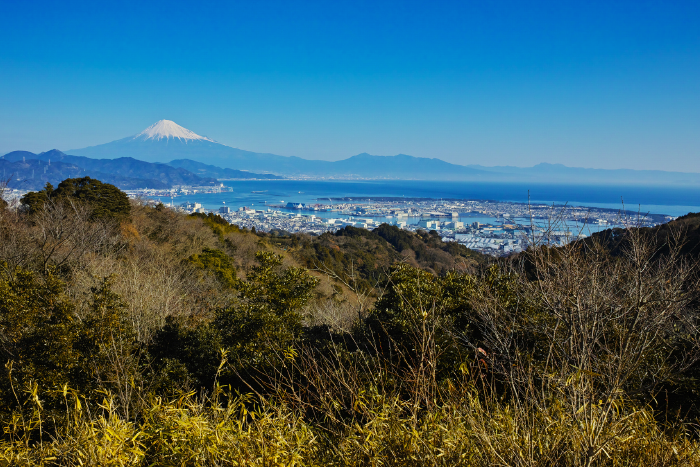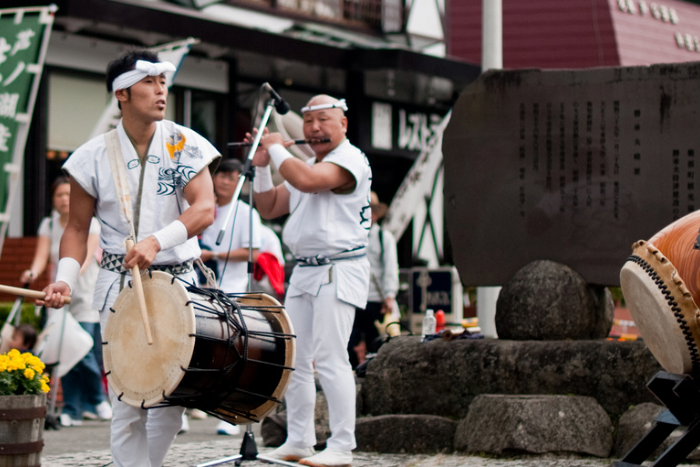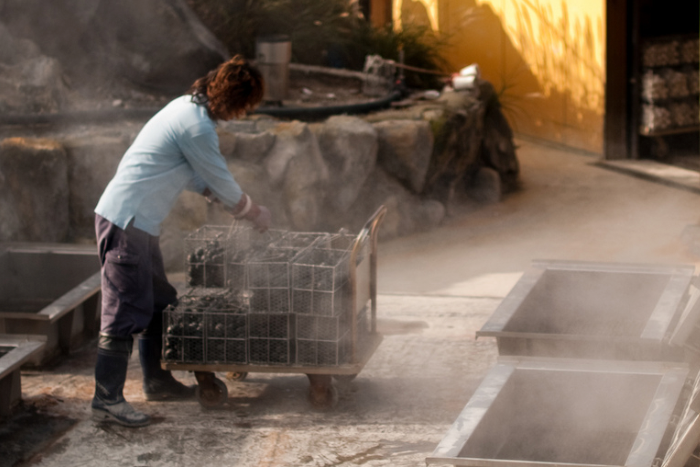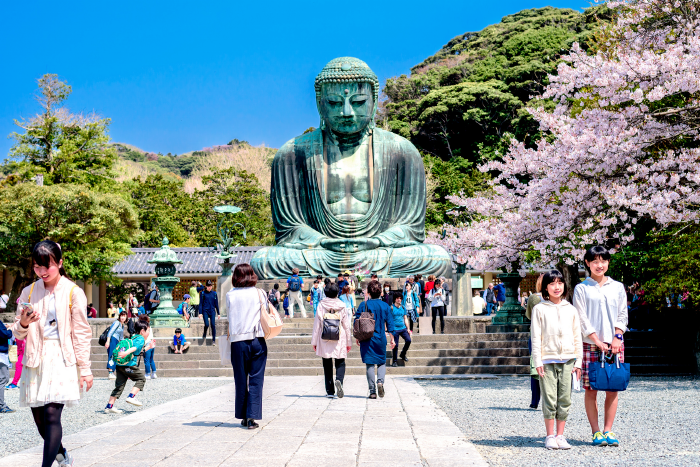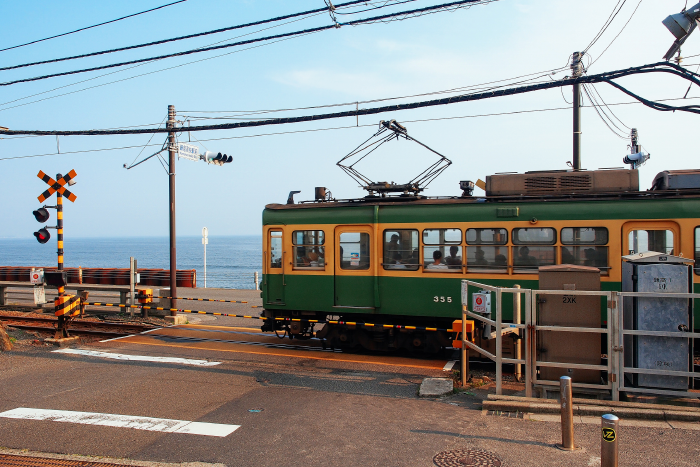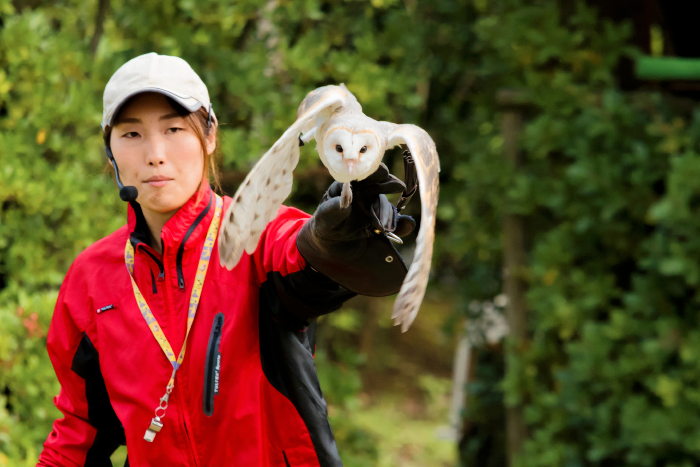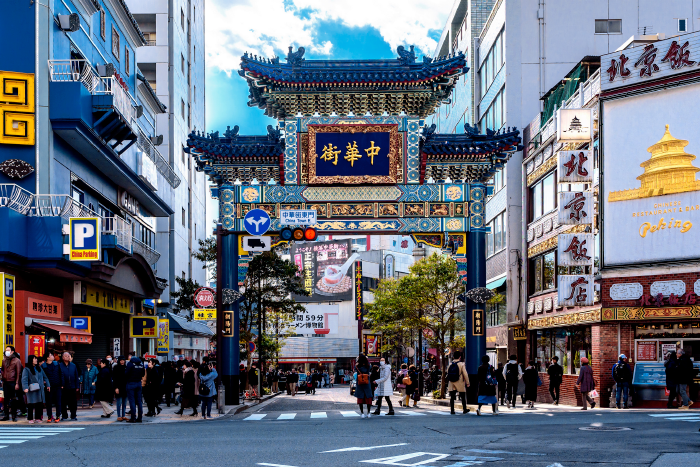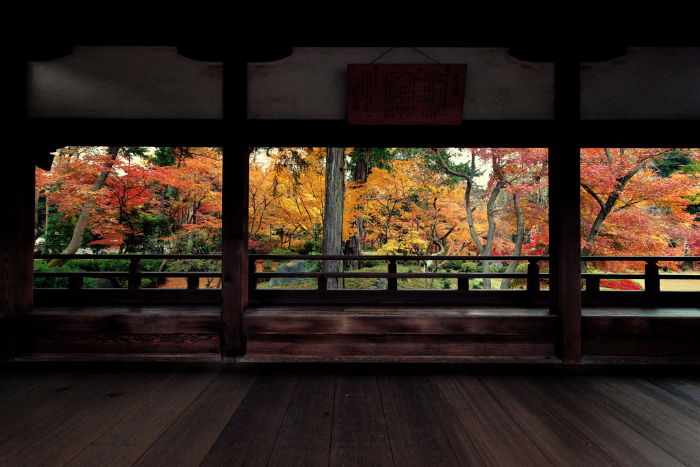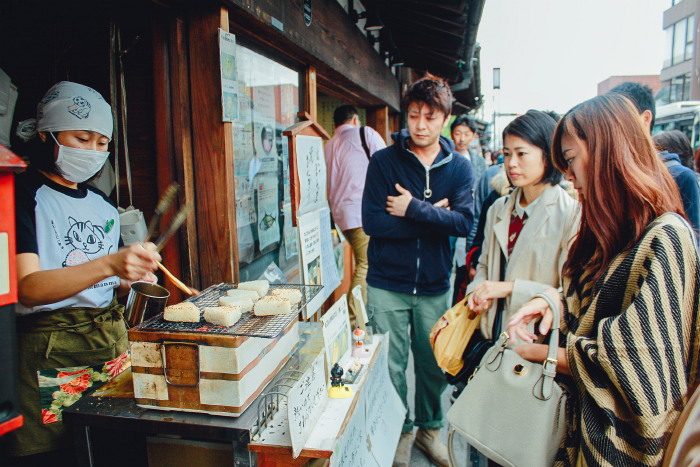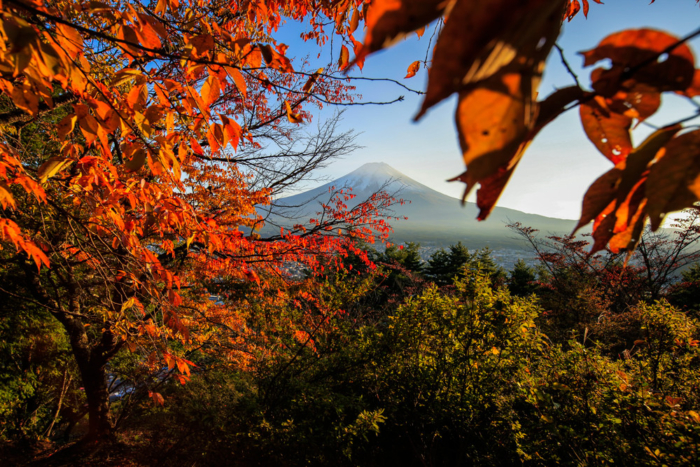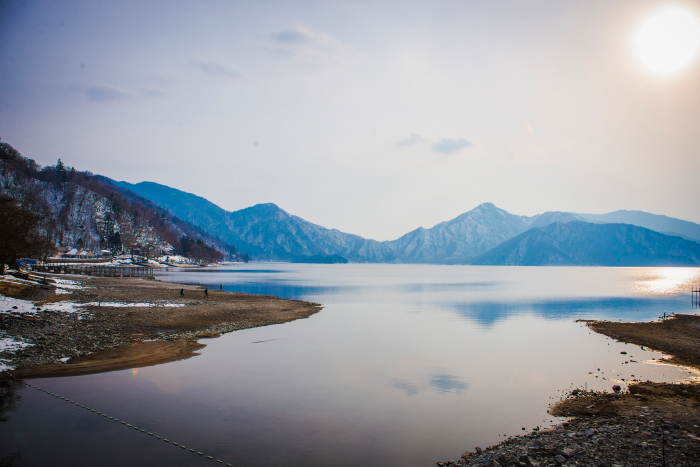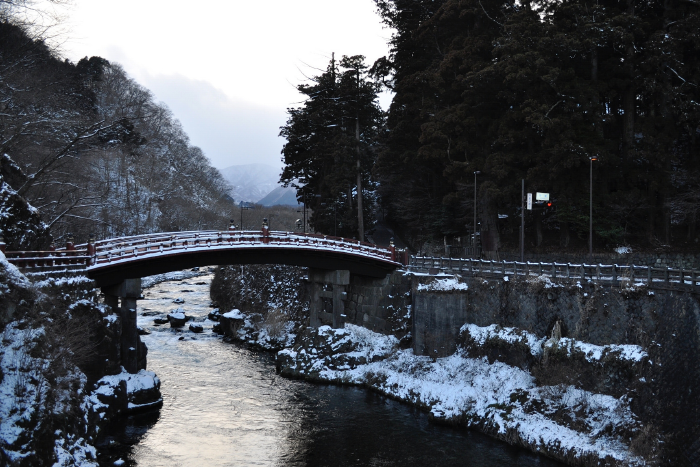Best Day Trips From Tokyo: Hakone, Kamakura, Fuji, Yokohama, Nikko, and Kawagoe
PUBLISHED November 8th, 2018 06:30 am | UPDATED May 12th, 2023 05:28 am
Tokyo is great and all, but when you eventually tire of all that buzz, the regions around the Japanese metropolis are prime for discovery. Don’t have time go all the way to Kyoto or even Hokkaido? Then these six day trip spots are what you’re looking for. Catch a surf on the beaches of Kamakura, take a traditional onsen bath in Hakone, stroll along a street dedicated to sweets in Kawagoe, and then some.
Hakone
Always wanted to escape into the Japanese countryside while visiting Tokyo? Part of the Hakone-Izu National Park, Hakone lies in a spectacular mountainous area less than two hours west of Tokyo. The resort town is best known for its historic sites and plethora of traditional onsens, getting quickly filled with both tourists and locals during the weekends.
To avoid the crowd, take a cable car to Owakudani — a volcanic hotspot with high levels of geothermal activity — where you can enjoy black eggs (kuro tamago), that despite their colour, are said to extend your life! If you have the time, it’s worth getting on a boat from the edge of town to Lake Ashinoko, where some of the most famous views of Mount Fuji arise from.
Get here: From Shinjuku station, you can find direct trains to Hakone via the Odakyu Electric Railway. The journey takes approximately 95 minutes and costs ¥2020 (USD$18). Want unlimited local transportation in Hakone as well? Get a two-day Hakone Free Pass for ¥5,140 (USD$45).
Kamakura
There are plenty of Shinto shrines and Buddhist temples in Tokyo, but those are hardly anything like the ones you find in Kamakura. After all, the seaside city was once the medieval capital of Japan, home to impressive structures like Engaku-ji, a Rinzai Zen temple first built in the late-13th century. It might not be the original (because earthquakes), but the reconstruction is really quite impressive.
Game for some walking? Try your hand (or legs) at the three-kilometre-long Daibutsu Hiking Trail, which takes you past important temples such as Tōkei-ji and Jōchi-ji, as well as a lush bamboo forest that leads to Kamakura’s most recognisable landmark: the Daibutsu, or Great Buddha. Placed in front of Kōtoku-in, it’s an ancient 13m-tall bronze statue that’s even survived a tsunami in the 15th century. Talk about divine protection.
Get here: From Tokyo Station, jump on the JR Yokosuka line to Kamakura. The ride takes about 50 minutes and costs ¥890 (US$8). Planning to start directly with the temples? Stop earlier at Kita-Kamakura Station instead.
Yokohama
Did you know that Yokohama is Japan’s second most populated city after Tokyo? It’s comparatively smaller, but don’t let that stop you from going there. For one, Yokohama’s Chinatown (due to Japan’s proximity to China, there are only a few in the country) is one of the biggest in the world, and you’ll find dishes more attuned to Shanghai or Hong Kong than in a Japanese city. In spring and autumn, pay a visit to the beautiful Sankeien Garden.
Strolling around in the evening is a favourite past-time of the local city-dwellers. Minato Mirai, in particular, makes for a scenic walk along the lively urban waterfront and futuristic port. Here, there are wide spaces full of shopping, dining, culture, and art. Foodies can also check out the Cup Noodle Museum, Ramen Museum, and Kirin Beer Museum — you’ll never find something like these anywhere else.
Get here: It doesn’t even take 30 minutes to get to Yokohama! From Tokyo Station, jump on a JR East train here for ¥470 (USD$4.20), and you’ll be shopping and eating away before you realise.
Kawagoe
Kawagoe in Saitama is a charming little town known as Little Edo, due to the fact that it still retains some of the architecture and ambience of the Edo Period (from the 17th to 19th century). By immersing visitors in a long-lost era of Japanese history, it’s no wonder why Kawagoe is one of the most fulfilling day trips from Tokyo.
Take a walk along the atmospheric Kurazukuri Street, filled with preserved clay tile warehouses that’ve been turned into over 20 small shops peddling traditional Japanese sweets. The red bean cakes are a must-try, along with savoury rice crackers and deep-fried cookies. Then, pop into one of the many cafes and restaurants strewn around town for a traditional lunch with the local speciality: eel! Also worth visiting are the Kitain Temple — home to old buildings from the original Edo Castle, the 500 Gohyaku Rakan statues modelled after followers of the Buddhas, and remnants of the Kawagoe Castle.
Get here: There are several ways to get to Kawagoe from Tokyo, but the quickest is via the Tobu Tojo Line from Ikebukuro Station. The train ride takes about 30 minutes and costs ¥470 (USD$4.20). There are also trains from Shinjuku, although the route is longer at 50 to 60 minutes.
Mount Fuji and Fuji Five Lake
So you want to see the iconic Mount Fuji, or as locals call it, Fuji-san? The 3,776-metre-high volcano is easily Japan’s most recognisable landmark, and has long been worshipped as a sacred mountain. Climbing it is very rewarding, and some trails can be tackled without much hiking experience.
If you prefer to admire the view from afar, Kawaguchiko, located on the northern foot of the mountain, is your answer. The most accessible of the Fuji Five Lake region, the area is a popular spot for getting in touch with nature, as well as a good base for climbing the mountain. With onsens, a haunted house theme park, art museums, and the Maple Corridor (the best spot for autumn leaves), there’s no shortage of things to do in the area.
Get here: Kawaguchiko can be accessed by train (¥3,800 or USD$34) from Shinjuku Station in two hours. Take the Limited Express to Otsuki, and hop on the Fujikyu railway to Kawaguchiko. A cheaper option would be the Highway buses, though this can be confusing. Instead, consider booking a tour that takes you around the Fuji region without any hassle.
Nikko
At 150km north of Tokyo, Nikko is not the nearest town to visit. But if you want stunning scenery balanced with fascinating cultural and natural attractions, it’s worth the trip. The area has been sacred to the followers of Buddhism and Shinto for many centuries, and is also the entrance to Nikko National Park, famous for its mountain vistas, waterfalls, hot springs, and even wild native monkeys. In town, be sure to visit the intricately-decorated 17th-century Toshogu Shrine, which serves as the mausoleum of Tokugawa Ieyasu, the legendary shogun who founded the Edo period. It is also a UNESCO World Heritage Site.
When in Nikko, you might like to visit the spellbinding Lake Chuzenji, which was created some 20,000 years ago, and is most beautiful in autumn. Kegon Falls is also widely-regarded as one of Japan’s best waterfalls.
Get here: The JR Tohoku Shinkansen takes you to Nikko in less than two hours. Board the train from Tokyo to Utsunomiya, and change to the JR Nikko line for Nikko Station. The price is ¥2,590 (USD$23) or free for Japan Rail Pass holders.
Top Image: Photo courtesy of Toshihiro Gamo

